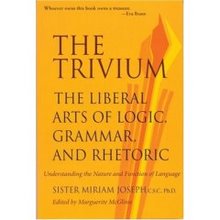Life After Home Schooling - New York Times
By: Pam Belluck
They are pioneers, in a way: the first wave of the modern home-schooling movement, the first generation of children to be taught primarily by their parents.
Some 15 years after states began legalizing home schooling in earnest, these early graduates are starting to make their way in the world.
Some have found the transition challenging, especially when trying to convince colleges and employers that home school is as good as high school, or when trying to get used to working in groups and socializing with peers. Others have had easy success, building on talents nurtured in their home incubators and drawing on a sense of competence fed by their teacher-parents' undivided support.
The experiences of these young adults have paved the way for the increasing numbers of children coming after them. Following years of court battles, home schooling is now legal in every state. While there are no exact figures, estimates suggest that the number of home-schooled children has jumped to anywhere between 500,000 and 1.5 million today, from 15,000 in 1970. Many, if not most, go to college, and schools like Harvard and Yale now have policies for evaluating their work. The Internet has vastly broadened the range of home curriculums.


